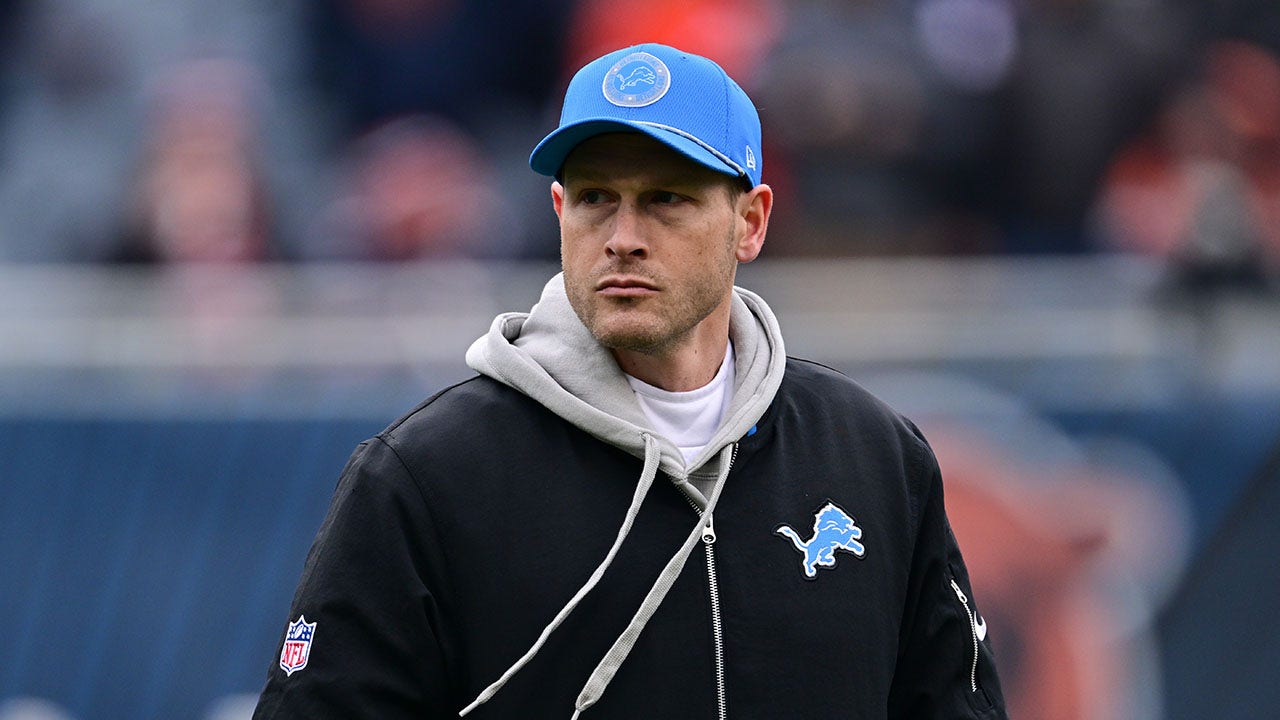The brutal market sell-off pushed the S & P 500 into a bear market on Friday , and the rout can get a lot worse from here if history is any guide. The S & P 500 is now more than 20% below its intraday and closing records reached in January, the commonly used definition of a bear market. There have been 14 bear markets since World War II and, on average, the S & P 500 has pulled back a median 30% and the downturn has lasted a median 359 days, according to Bespoke Investment Group. We are just 137 days out from the S & P 500’s record close shortly after 2022 began. Investors have been on edge since the Federal Reserve raised its benchmark interest rate by half a percentage point last week, the most aggressive step yet in its fight against a 40-year high in inflation. The monetary tightening only adds to a list of worries for investors, ranging from war in Eastern Europe, the pandemic’s path in China and global supply chain issues. On Wednesday, the S & P 500 suffered its worst one-day decline since June 2020, losing about 4%. The rout came after back-to-back quarterly reports from Target and Walmart that showed higher fuel costs and restrained consumer demand hurting results amid the hottest inflation in decades. “The stock market will remain in purgatory until the Federal Reserve smothers the inflationary wildfire with higher interest rates that cool consumer demand for goods, services, houses and hotel rooms,” said Ryan Belanger, founder of Claro Advisors. The tech-heavy Nasdaq Composite has been hit even harder in the face of rising rates, down nearly 29% year to date and off more than 31% from its record high, reached last November. “Investors should become accustomed to significant downside and upside moves in stocks, which is common during times of tremendous uncertainty,” Belanger said.



























































